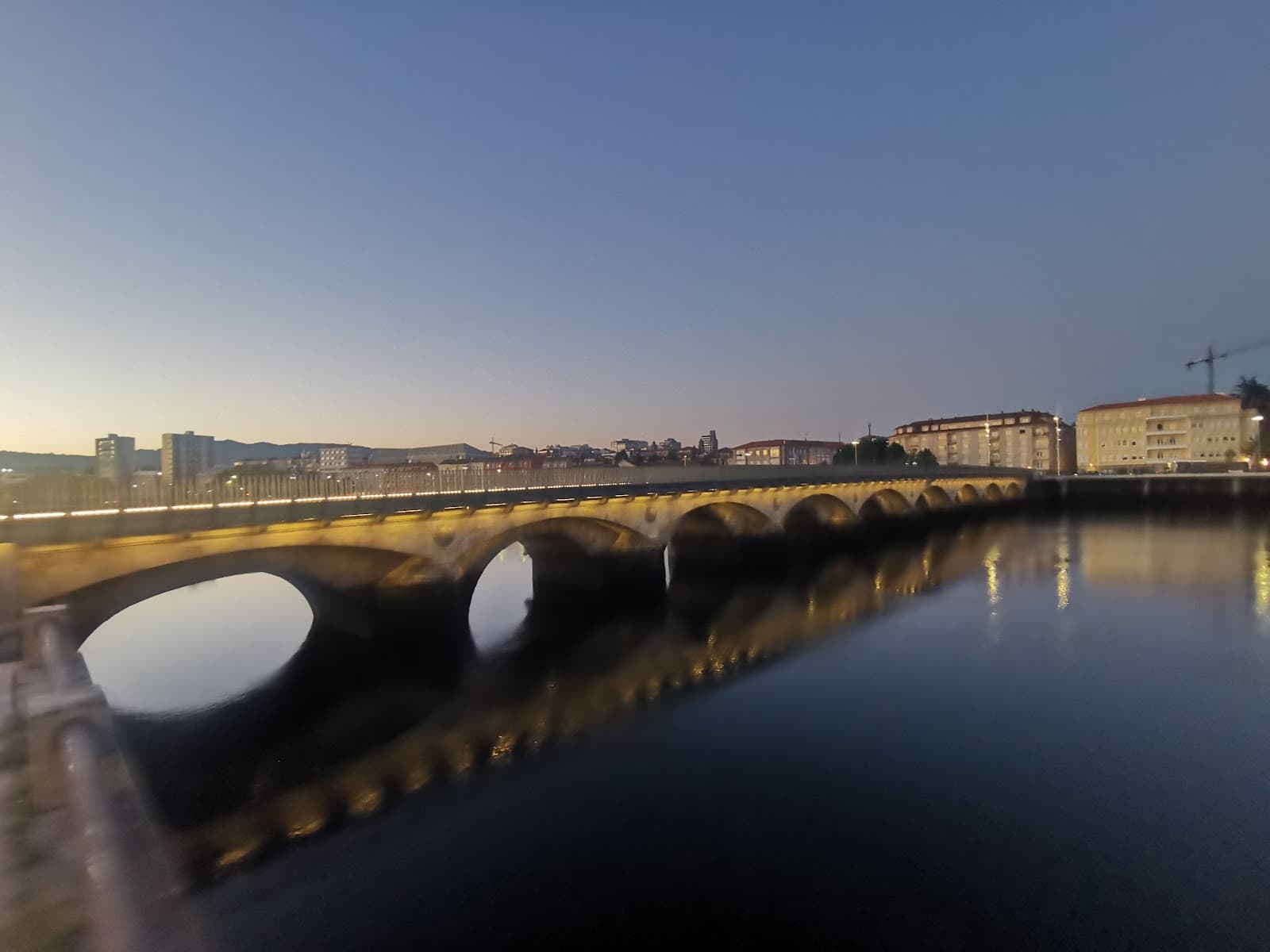
Ponte de Santiago
Ponte de Santiago is part of Pontevedra's river crossings, showcasing a blend of modern architecture and historical significance, especially along the...
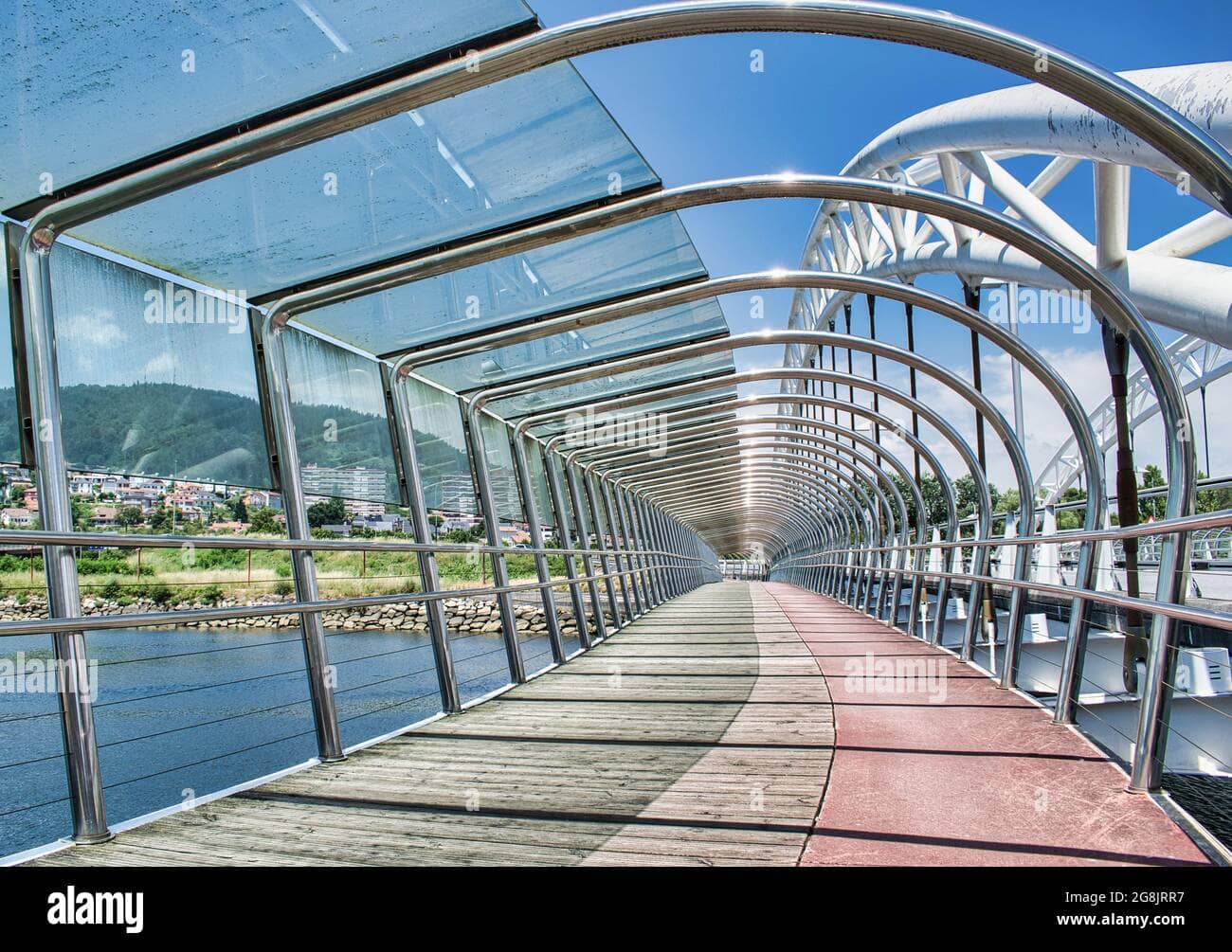
Highlights
Must-see attractions

Social
From TikTok & Reddit
Best Time
Pleasant weather for walking

Ponte de Santiago
Best Time
Pleasant weather for walking

Highlights
Must-see attractions
Ponte de Santiago is part of Pontevedra's river crossings, showcasing a blend of modern architecture and historical significance, especially along the Camino de Santiago.
"A mix of modern design and historical significance, Pontevedra's bridges offer diverse views and connections."

👟 Pack Light & Smart
Essential for the Camino! Comfortable walking shoes, rain gear, and layers are key.
🛏️ Book Accommodations Early
Albergues and hotels fill up fast, especially during peak Camino season. Plan ahead!
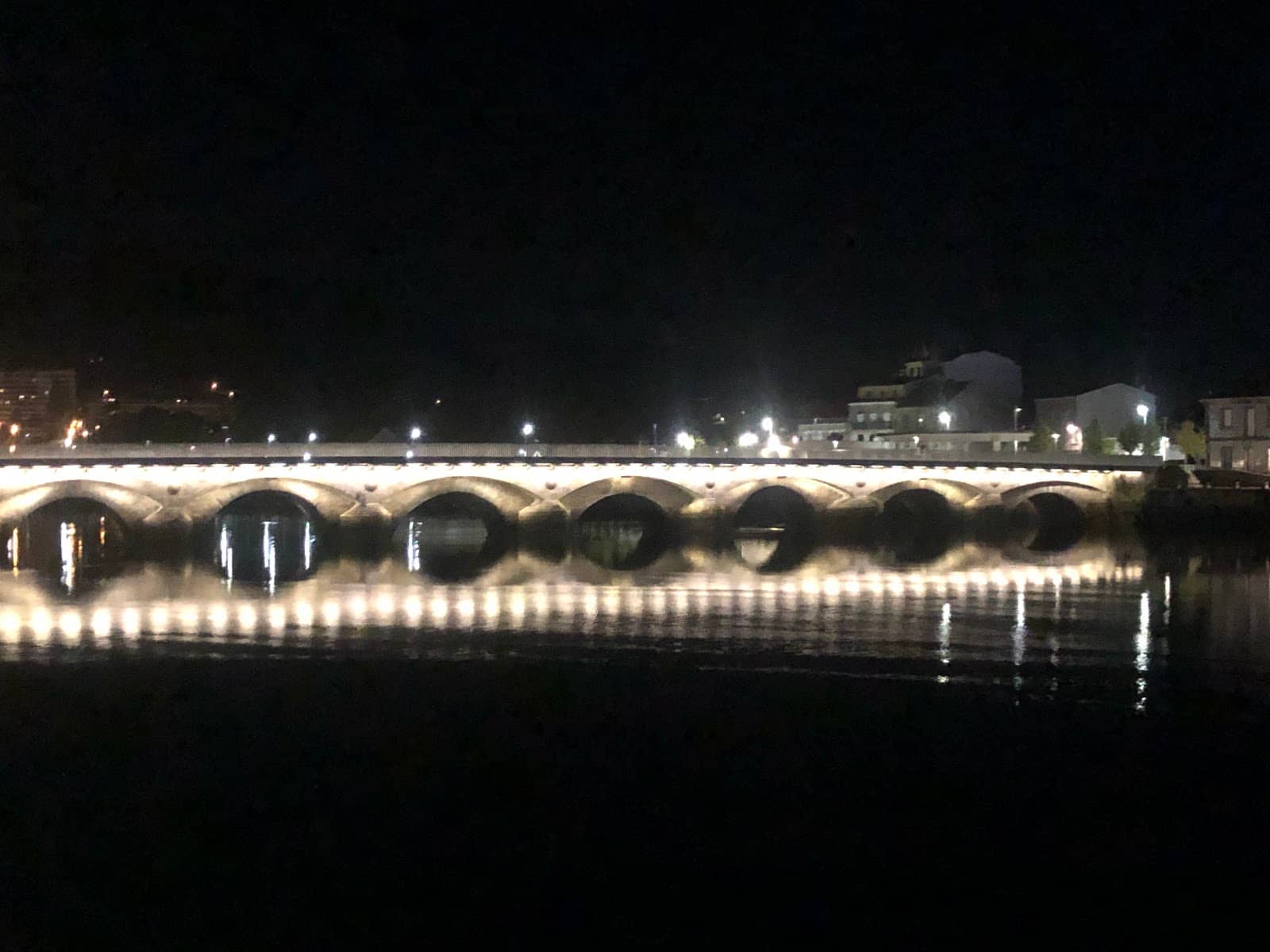
Highlights
Discover the most iconic attractions and experiences

Correntes Bridge
Pontevedra
A modern architectural marvel, blending aesthetics and functionality with its sleek design.

Burgo Bridge
Pontevedra
A historic medieval bridge, a testament to Pontevedra's past and its connection to the Camino de Santiago.
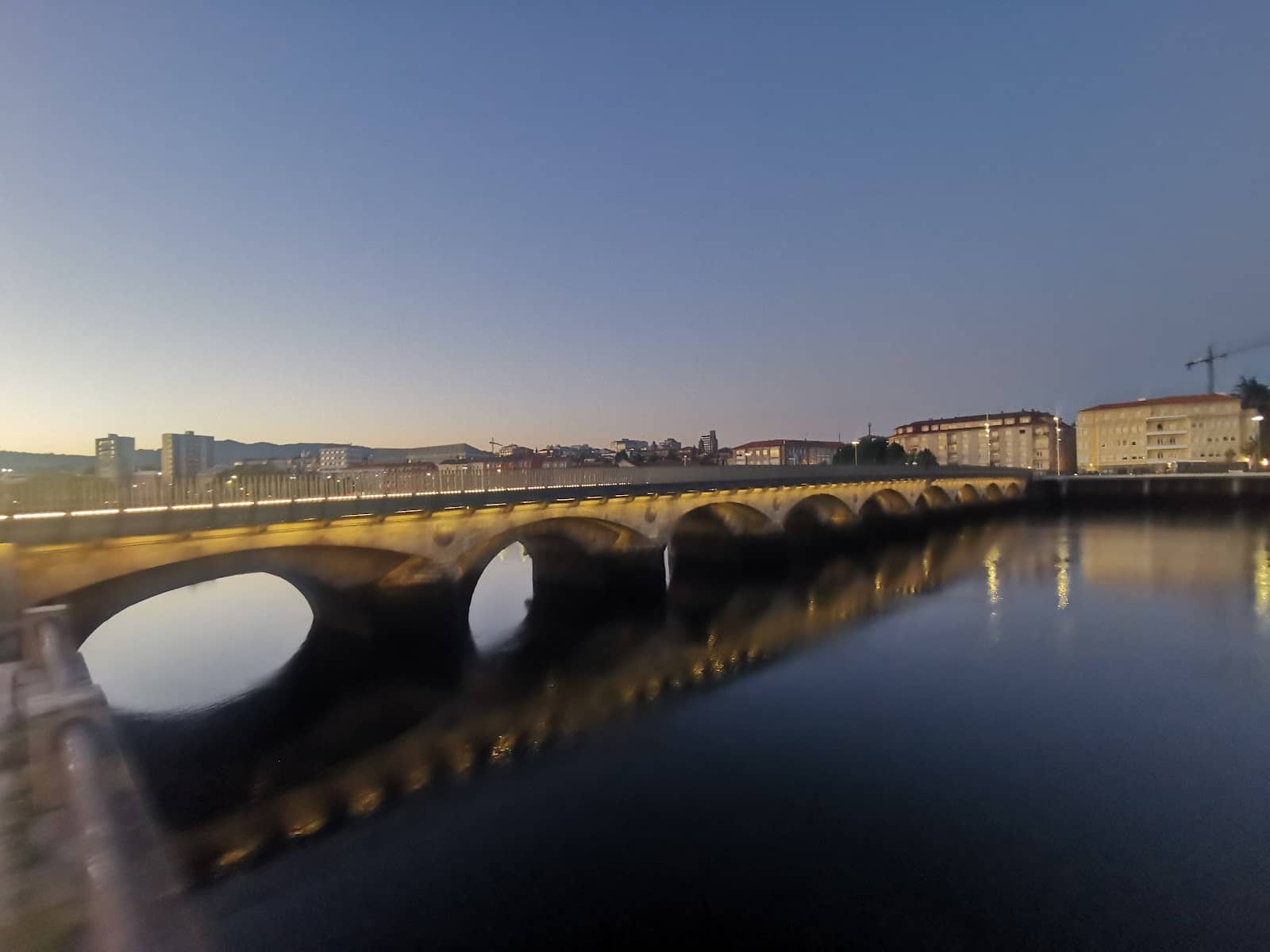
Tirantes Bridge
Pontevedra
An aesthetically striking bridge, reminiscent of Santiago Calatrava's designs, adding a contemporary flair.
Plans like a pro.
Thinks like you
Planning Your Visit
Camino de Santiago: Essential Prep
Pontevedra's Bridges: A Modern Marvel
Best Times
Insider Tips
from TikTok, Instagram & Reddit
👟 Pack Light & Smart
Essential for the Camino! Comfortable walking shoes, rain gear, and layers are key.
🛏️ Book Accommodations Early
Albergues and hotels fill up fast, especially during peak Camino season. Plan ahead!
🚶♀️ Embrace the Journey
The Camino is about the experience, not just the destination. Enjoy the scenery and fellow pilgrims.
🚗 Be Wary of Speed Bumps
Some bridges have high, unmarked speed bumps and bike lanes. Drive cautiously.
Tips
from all over the internet
👟 Pack Light & Smart
Essential for the Camino! Comfortable walking shoes, rain gear, and layers are key.
🛏️ Book Accommodations Early
Albergues and hotels fill up fast, especially during peak Camino season. Plan ahead!
🚶♀️ Embrace the Journey
The Camino is about the experience, not just the destination. Enjoy the scenery and fellow pilgrims.
🚗 Be Wary of Speed Bumps
Some bridges have high, unmarked speed bumps and bike lanes. Drive cautiously.
🐶 Dog-Friendly Camino
Traveling with a dog? The Camino Portugués can be dog-friendly, but check specific rules.
What Travellers Say
Reviews Summary
Pontevedra's bridges are a mix of modern design and historical significance, with the Correntes and Tirantes bridges offering contemporary appeal and the Burgo Bridge a nod to the past. While some find certain bridges purely functional, they collectively contribute to the city's character and its connection to the Camino de Santiago. Be aware of potential traffic hazards on some bridge approaches.
"Beautiful place!"
Jacinto Barbosa
"First, we have the Correntes Bridge, the newest in the city, built in 2012 with a design that combines aesthetics and functionality. Next, is the medieval Burgo Bridge, ordered to be built by Fernando II when the urban economy was beginning to reactivate thanks to the repopulation actions related to the development of the Camino de Santiago and the concession of the Forum to Pontevedra, in 1169. Third, we see the Santiago Bridge, from 1983, which connects the city center with the A Xunqueira Campus. The fourth bridge is the so-called Tirantes Bridge, which marked an aesthetic novelty in the city in 1995, and whose design is reminiscent of the Alamillo Bridge by Santiago Calatrava for Expo’92 in Seville. Out of the picture are three other bridges that cross the Lérez as it passes through the city: the Illa do Cobo Bridge, a pedestrian walkway 500 m. upstream from the Tirantes Bridge; the Ponte da Barca, 500 m. downstream, from the Ponte do Burgo, named after the boat that crossed from Da Moureira to Portosanto, on the other side of the river (the one we see now is from the end of the 19th century and before that there was a first wooden bridge); and further south, the Ponte da Autoestrada Merdeira, which only makes the estuary look ugly, disturbs the views and makes noise with road traffic."
VICTOR MARTINEZ
"A bridge with no appeal and little utility. The bridge has no architectural style or beauty, but it's very useful for crossing the river to enter or leave the city.
There's a speed bump at the entrance to the bridge toward Pontevedra that's very high and dangerous, as it has an unmarked bike lane, and cyclists rush to cross.
It was the third bridge built in the city to address traffic congestion."
Barlo Vento
What People Like
What People Dislike
Frequently Asked Questions
🚇 🗺️ Getting There
Pontevedra is a common stop on the Camino Portugués. You can reach it by train or bus from major cities like Porto or Santiago de Compostela. Many pilgrims arrive in Redondela and walk to Pontevedra as part of their journey.
The area around Ponte de Santiago is part of the Camino Portugués. Key stages include Redondela to Pontevedra (approx. 21-23 km) and Pontevedra to Caldas de Reis (approx. 21-22 km).
Pontevedra is a walkable city, and its bridges are easily accessible on foot. Public transport options are available for longer distances, but most attractions are within walking distance.
Yes, the Camino Portugués is also popular with cyclists. Be aware that some paths and bridges might be more challenging for bikes, and always check local regulations.
Walking is the most common and recommended way for pilgrims. The route is well-marked and offers scenic views.
🎫 🎫 Tickets & Entry
No, the bridges in Pontevedra, including Correntes, Burgo, and Tirantes, are public infrastructure and can be viewed and crossed freely.
The Camino de Santiago routes themselves are free to access. You may incur costs for accommodation, food, and optional services along the way.
The bridges are always accessible as they are part of the city's infrastructure. There are no specific opening or closing hours.
Ponte de Santiago is not a single ticketed attraction but rather a reference point within the broader context of the Camino de Santiago and Pontevedra's bridges. The bridges themselves are free to access.
Yes, you can obtain a 'Credencial del Peregrino' (pilgrim passport) at various points before or during your Camino. This is used to collect stamps and is required to get your 'Compostela' certificate in Santiago.
🎫 🚶♀️ Onsite Experience
The terrain can vary, with some stages involving significant elevation changes and inclines, particularly between Redondela and Pontevedra. Be prepared for varied surfaces.
Yes, you'll find numerous cafes, restaurants, and bars in towns and villages along the route, offering local Galician cuisine.
Carry a basic first-aid kit and know how to use it. If you experience a serious injury, seek local medical assistance or contact emergency services. Many pilgrims use tape for minor issues.
Absolutely! The Camino Portugués is very popular with solo travelers, offering a sense of community and safety.
Focus on the unique architecture of the bridges in Pontevedra, the scenic river views, and the charming streets of the old town. The Camino itself offers many picturesque landscapes.
📸 📸 Photography
The Correntes Bridge offers a modern, clean aesthetic. The historic Burgo Bridge provides a charming, old-world feel. The Tirantes Bridge has a distinctive, eye-catching design.
Golden hour, shortly after sunrise or before sunset, offers beautiful light for photography. Midday can be harsh, but still works for capturing architectural details.
No, photography is generally permitted on and around the bridges. Be mindful of pedestrian and vehicle traffic when composing your shots.
Experiment with wide-angle shots to capture the scale of the bridges, and telephoto shots to highlight architectural details. Include people for a sense of scale and activity.
Drone regulations vary by location. It's advisable to check local ordinances and obtain any necessary permits before flying a drone over or near the bridges.
For Different Travelers
Tailored advice for your travel style
👨👩👧 Families with Kids
For families considering a shorter Camino experience, look for stages with less demanding terrain and more amenities. Always ensure children have appropriate footwear and are well-hydrated. The city of Pontevedra itself is quite pedestrian-friendly, making it a pleasant place to explore with younger ones.
🚶♀️ Solo Travelers
Pontevedra offers a welcoming stop with its accessible bridges and charming atmosphere. Solo travelers can enjoy the historical significance of the Burgo Bridge and the modern appeal of the Correntes Bridge at their own pace. Remember to stay connected and inform someone of your itinerary.
🐶 Travelers with Dogs
Key tips for dog owners: ensure your dog has appropriate gear (like a doggy backpack), check accommodation policies beforehand as not all albergues are pet-friendly, and always carry extra water and food for your pet. Be mindful of other pilgrims and potential wildlife.
Deep Dives
In-depth insights and expert knowledge
Navigating the Camino Portugués
Key considerations for pilgrims include packing light, as you'll be carrying everything on your back, and booking accommodations in advance, especially during peak seasons (spring and autumn). Albergues (pilgrim hostels) are common, offering basic lodging and a communal atmosphere. Many travelers share their experiences of physical exertion, with some noting sore legs and muscles, but also the immense satisfaction of completing each stage.
For those traveling with pets, the Camino Portugués can be a rewarding experience, with many routes being dog-friendly. However, it's crucial to check specific regulations for each stage and accommodation.
Pontevedra's Bridges: More Than Just Crossings
The Burgo Bridge is a significant historical landmark, dating back to medieval times. Its construction was ordered by Fernando II in 1169, coinciding with the city's economic revival and its importance as a stop on the Camino de Santiago. This bridge has witnessed centuries of history and remains a vital link in the city.
Other notable bridges include the Santiago Bridge (1983), connecting the city center to the A Xunqueira Campus, and the Tirantes Bridge (1995), which introduced a novel aesthetic, drawing comparisons to Santiago Calatrava's work. While some bridges are purely functional, like the Ponte da Autoestrada Merdeira, they collectively shape the city's landscape and its relationship with the river.



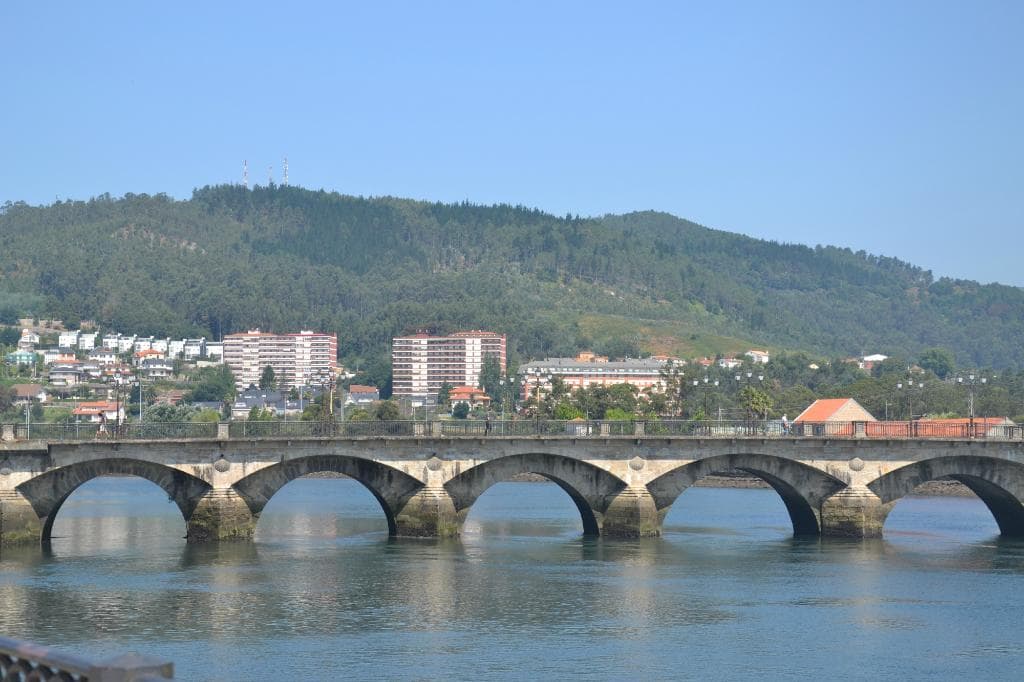


Social
from TikTok, Instagram & Reddit